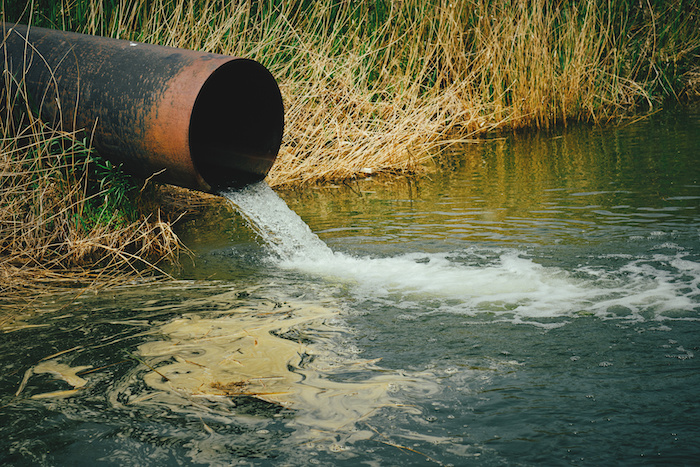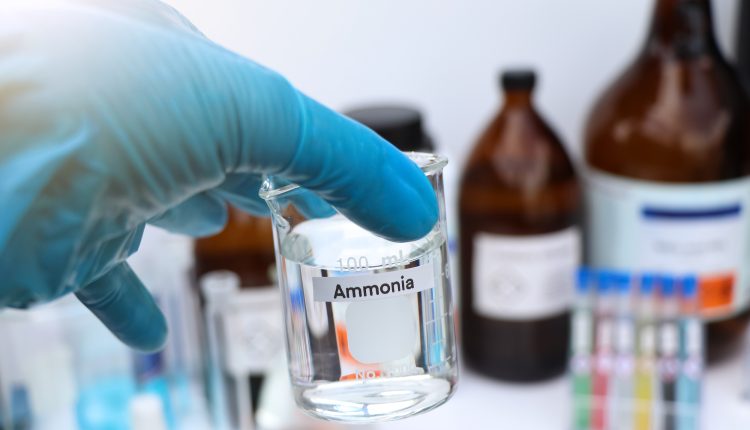- Advertisement -
Like many inorganic (and organic) compounds, there’s a fine balance to strike when it comes to tolerable environmental levels. Too much of one thing, and an entire ecosystem can be thrown off its axis.
It’s the same with ammonia. If levels get too high in a body of water, aquatic life suffers. Let’s take a look at what it is, where it comes from, and its impacts.
What is ammonia?
Ammonia is a compound made up of nitrogen and hydrogen, with the formula NH3.
It’s a colourless, pungent-smelling gas that dissolves in water to form ammonium hydroxide solution.
In biological processes, it’s often excreted as nitrogenous waste – by ammonotelic fish, for example, which excrete 50% of their nitrogenous waste as ammonia. The human body also produces ammonia when digesting protein and, similarly, treats it as a waste product and processes it via the liver.
Ammonia also occurs naturally at low levels where organic waste (like manure and plant waste) breaks down.
It’s different from ammonium (NH4) in that it contains one nitrogen and three hydrogen, while ammonium contains one nitrogen and four hydrogen. Ammonium is also ionised and has no smell, but ammonia is known for its sharp odour.
Where does ammonia in water come from?
As a byproduct of natural processes, ammonia is generally non-problematic. The issue occurs when it’s found in high concentrations – and the culprits usually relate to commercial uses.
The compound is used in:
- Cleaning products
- Plastics
- Paper
- Rubber
- Animal feed
- Fertiliser
- And more.
Agricultural and industrial runoff (and even purposeful discharges), then, can cause ammonia levels to build up in water.
Highly-concentrated levels of ammonia in water can also be found where there are elevated levels of animal waste nearby — for example, where intensive animal farming occurs.

How ammonia affects aquatic life
Toxic levels of ammonia vary depending on the water source, pH and temperature, and how you take your measurement. Toxicity to aquatic life has been reported at levels between 0,53 and 22,8mg/L.
Fish are harmed by high levels of the compound in a few ways:
- It can alter and change tissue development
- It can change metabolic processes and increase body pH
- It can damage eyes, gills, and skin, even in the short term
- Injury to gill tissue can cause hyperplasia (reduced ability to breathe)
- Ammonia poisoning means fish are unable to sufficiently excrete it as a waste product, leading to internal organ damage.
Indirectly, ammonia build-up can promote the growth of toxic algal blooms that ‘choke’ a body of water, and eventually reduce the oxygen therein.
Ammonia testing made simple
Aquaread’s Ammonia/Ammonium Sensor – when paired with our compatible probes – is an easy way to test for ammonia in water. With an Ammonia Accuracy within +/- 10% of the reading, it’s an incredibly accurate solid-state sensor.

